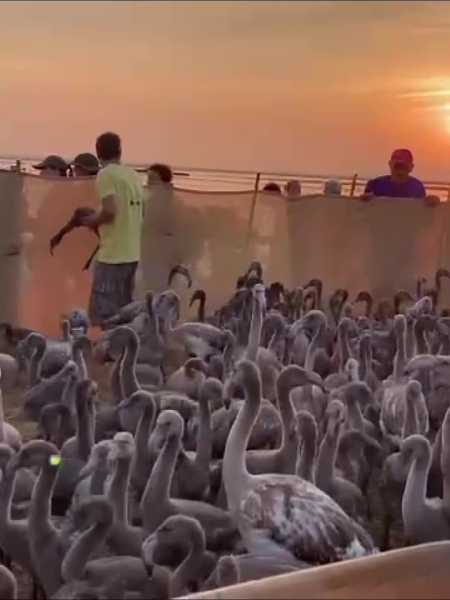“The Camargue can be protected if we want it to be”: the CEO of Salins du Midi sounds the alarm

Hubert François acquired the Salins Group ten years ago. He published a Manifesto for a living Camargue to express the need to maintain protective structures against rising sea levels.
You have written a Manifesto for a living Camargue and invited the public to sign it. Why ?
The Camargue is one of the largest wetlands in Europe, it is a nesting place for many species, a place of very rich biodiversity. A place known for tourism as well, we ourselves at Salins du Midi in Aigues-Mortes welcome 200,000 visitors per year. But as I write, it is the players in agriculture and livestock farming, industry and tourism, hunting and fishing, services, transport, all those who produce wealth there who have also shaped the Camargue. Nature is the product of a culture and no economic actor can admit that it is today the object of a policy of withdrawal and renunciation.
What are you referring to ?
We are facing a challenge of protection with regard to the sea. In my opinion, and this is the warning that I formulate in my Manifesto, accepting renaturation, that is to say abandonment in the name of climate change, is to condemn the living and economically productive Camargue to disappear.
However, we are indeed seeing salt rises in the vines, due to the reduction in the volume of fresh water. This is a reality…
Salt is a wealth and an asset for the Camargue. Its threat can be circumscribed and regulated if desired. The problem is that we have neglected works! They need to be maintained regularly. Les Salins du Midi, which I have managed for ten years, manages 8,000 hectares in Aigues-Mortes, with 90 ponds. On the sea side, we have a temporary occupation authorization from the State, for the 15 kilometers of our water intake. But the 50 kilometers that do not depend on us are no longer maintained as would be appropriate for protection. The State has delegated its coastline to intermunicipalities, joint unions which manage flood protection. A multiplicity of structures which prevents us from having a global view. It’s our job to circulate water and manage salinity levels, we have expertise and we want to be involved.
Your installations are sufficient to prevent salt from rising into the soil ?
The increase in salinity comes from climate change of course but also from poor management of marine inputs. When the sea returns, the salt being heavier, it will no longer leave. We can always recirculate fresh water, the salt already in the ground will remain there. On the other hand, if you maintain your structures, riprap, hammers, etc., you are a winner in the long term. This work has a cost, for our 15 km it is between 500,000 and euros. and 1 M€ per year, it’s cheaper to do nothing, that’s sure, but it’s a necessity for the future. Simply watching the sea rise and saying that it is a definitive inevitability does not suit me. The Camargue can be protected if we want.
I subscribe to read more




